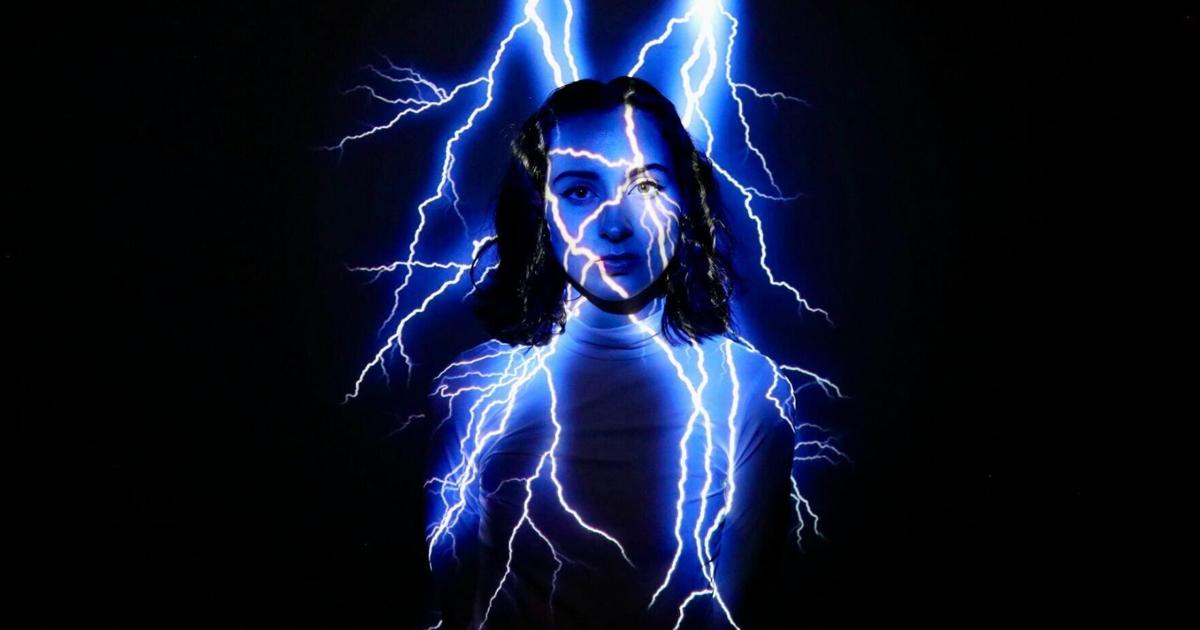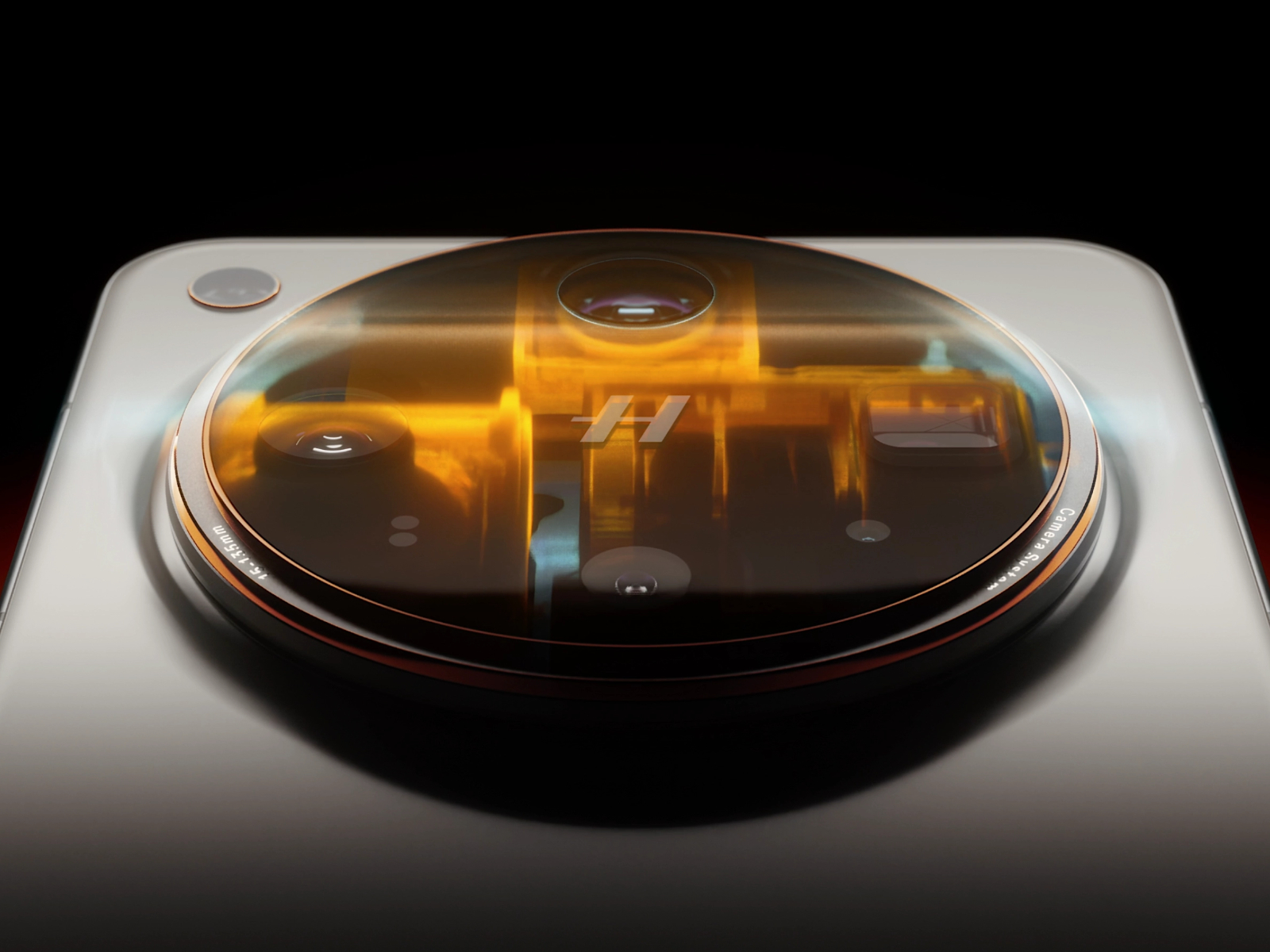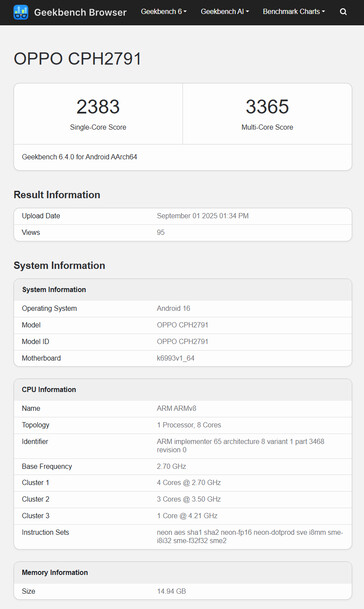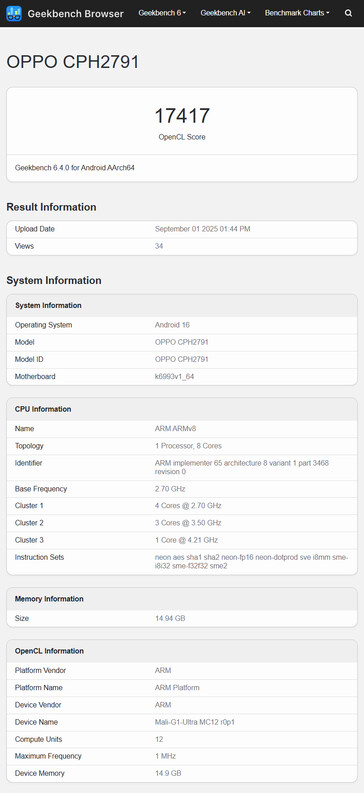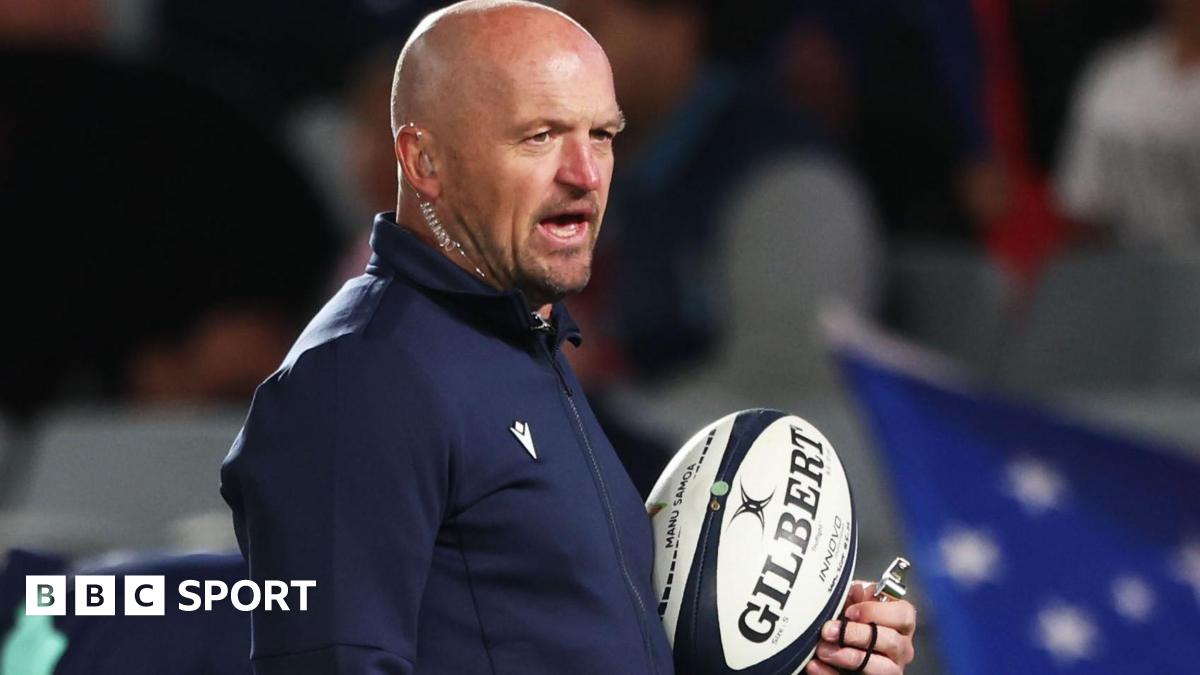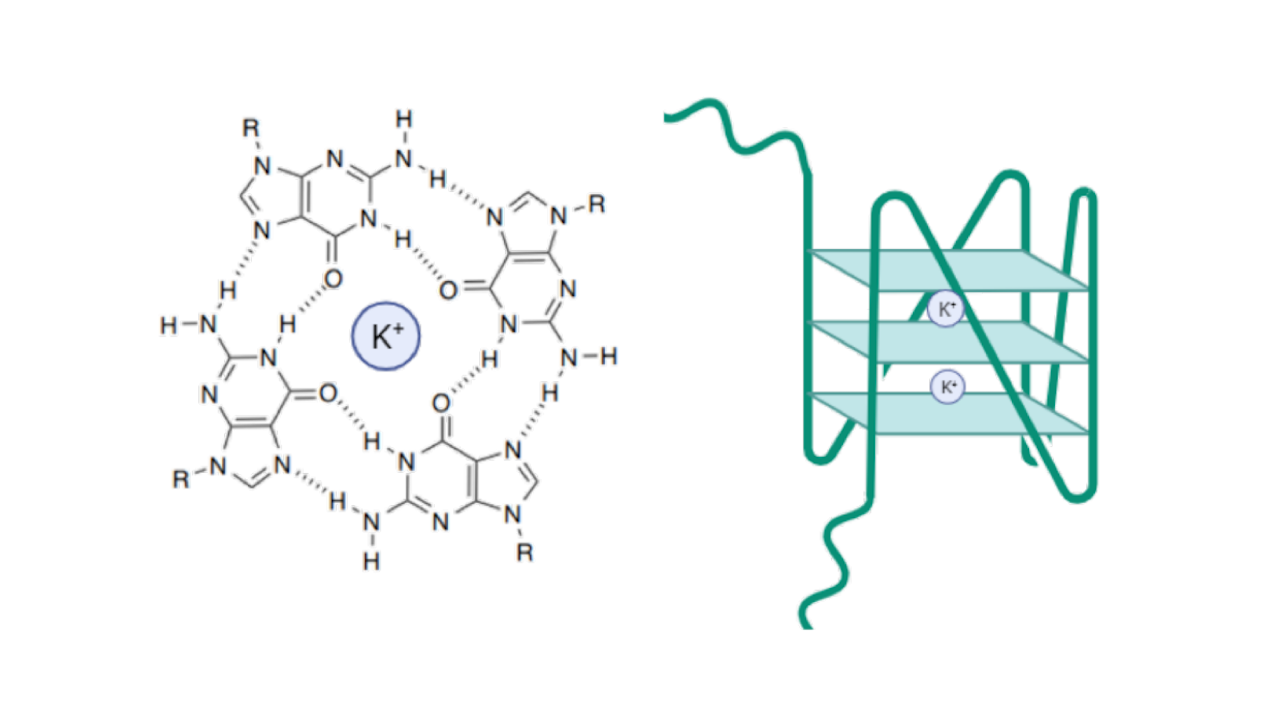Health officials in Papua New Guinea have confirmed the island nation’s first human case of paralytic poliomyelitis, the World Health Organization (WHO) said late last week.
The case involves an unvaccinated 4-year-old boy from Morobe province who developed acute flaccid paralysis caused by circulating vaccine-derived poliovirus type 2 (cVDPV2).
“This marks a pivotal moment in the country’s polio response, confirming that the virus has transitioned from environmental detection to direct impact on children,” the WHO said in a news release. To combat the spread, the country’s National Department of Health launched a nationwide supplementary immunization campaign on August 11 targeting children under 10 years old with the novel oral polio vaccine (nOPV2).
The first round of the campaign will continue to September 5, and a second round that will include nOPV2 and inactivated polio vaccine is scheduled from September 29 to October 17.
“Polio is preventable,” said Sevil Huseynova, MD, MPH, WHO representative in Papua New Guinea. “The vaccines are safe, effective, and free. But we must act together—with urgency and unity.”
Cases in 3 other countries
Meanwhile, three other countries reported polio cases last week, according to the latest update from the Global Polio Eradication Initiative (GPEI). Among them is Yemen, which reported 25 cVDPV2 cases, 23 of which date back to 2024. GPEI says the increase in reported cases isn’t linked to an increase in transmission but rather to retrospective testing associated with a recent release of previously collected specimens. Yemen has 187 reported cVDPV2 cases for 2024 and 29 for 2025.
Chad also reported a cVDPV2 case, bringing its number of cases for the year to 15. Afghanistan reported one wild poliovirus type 1 case, bringing its total for the year to three cases.


